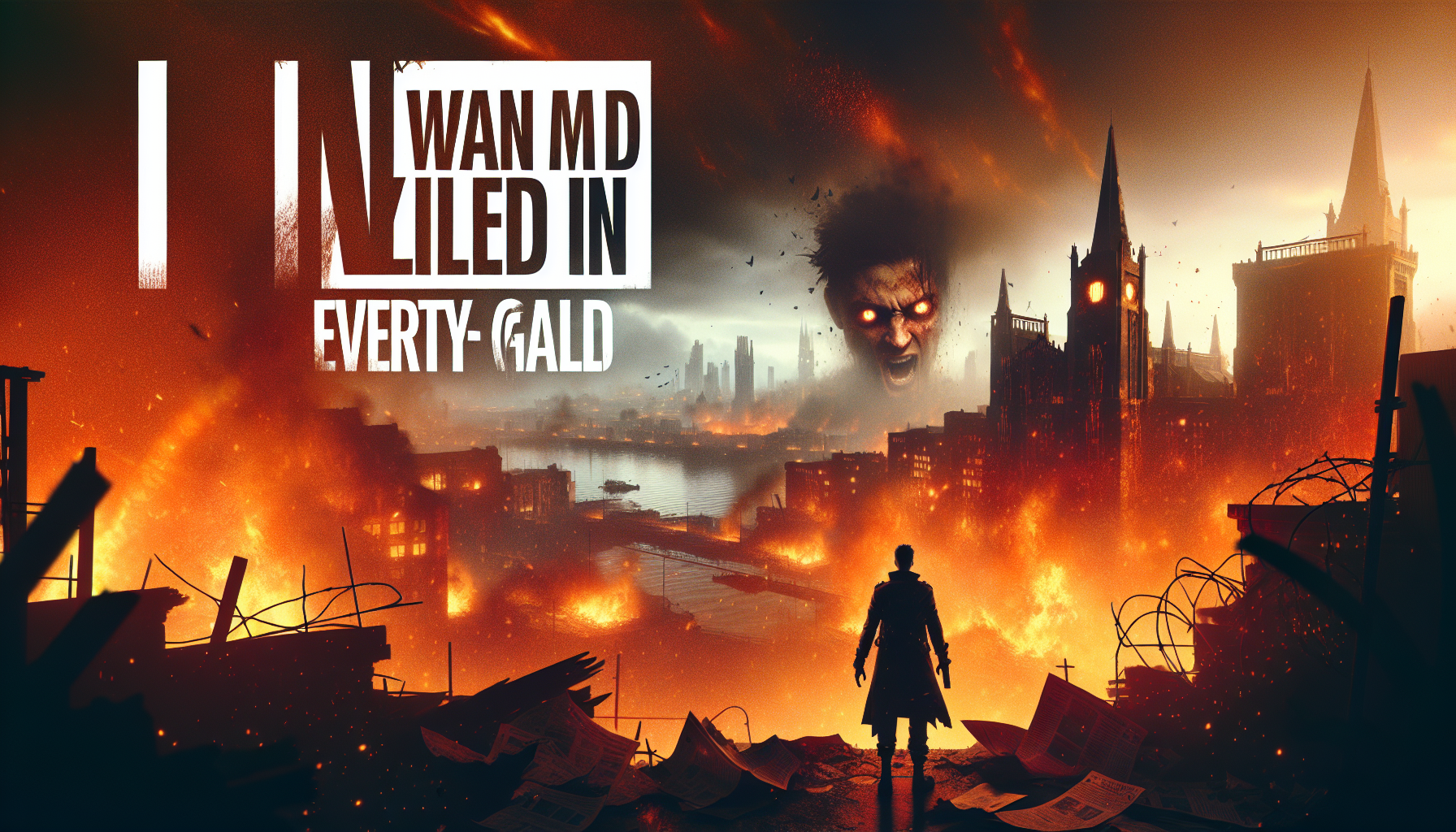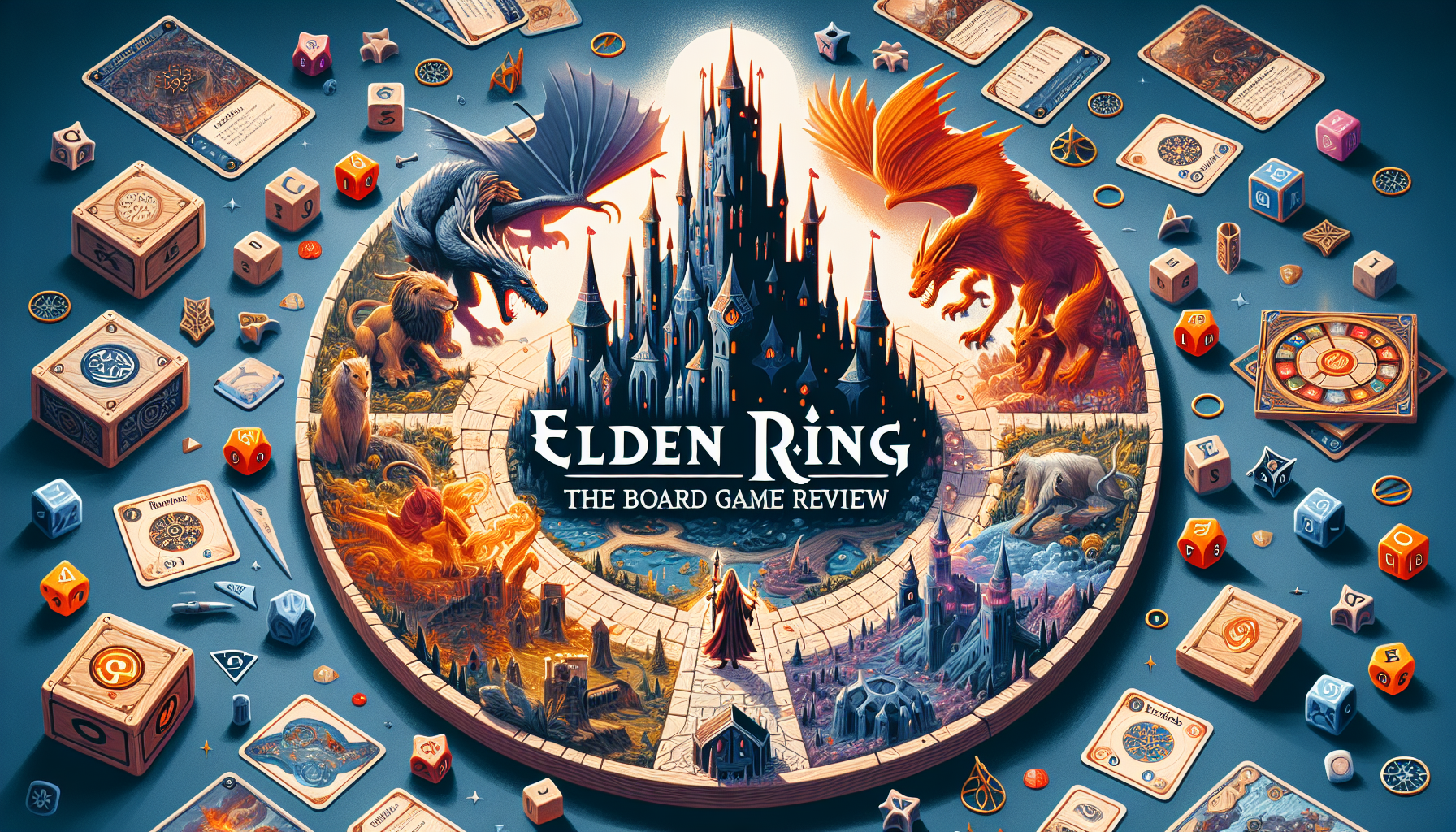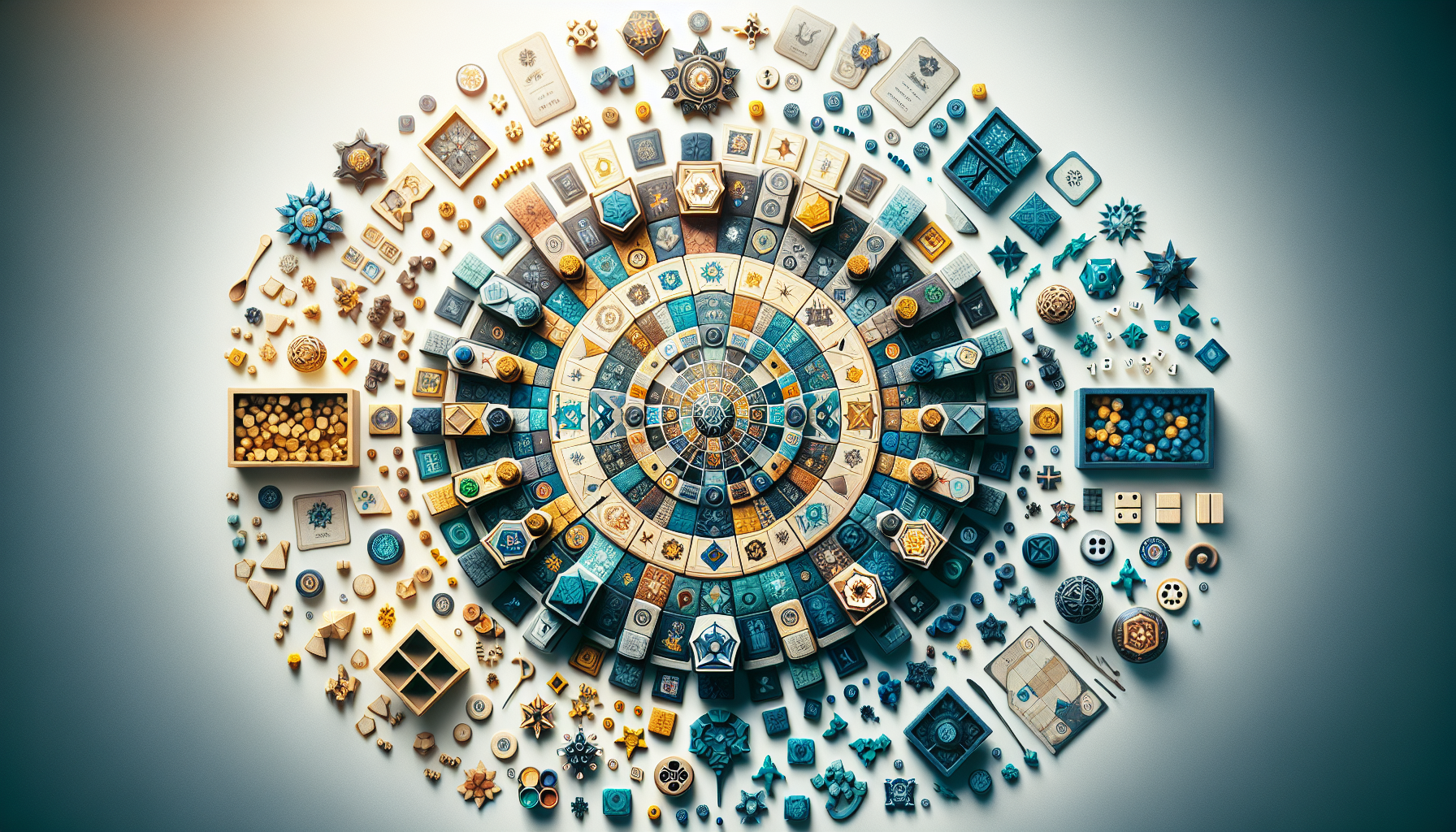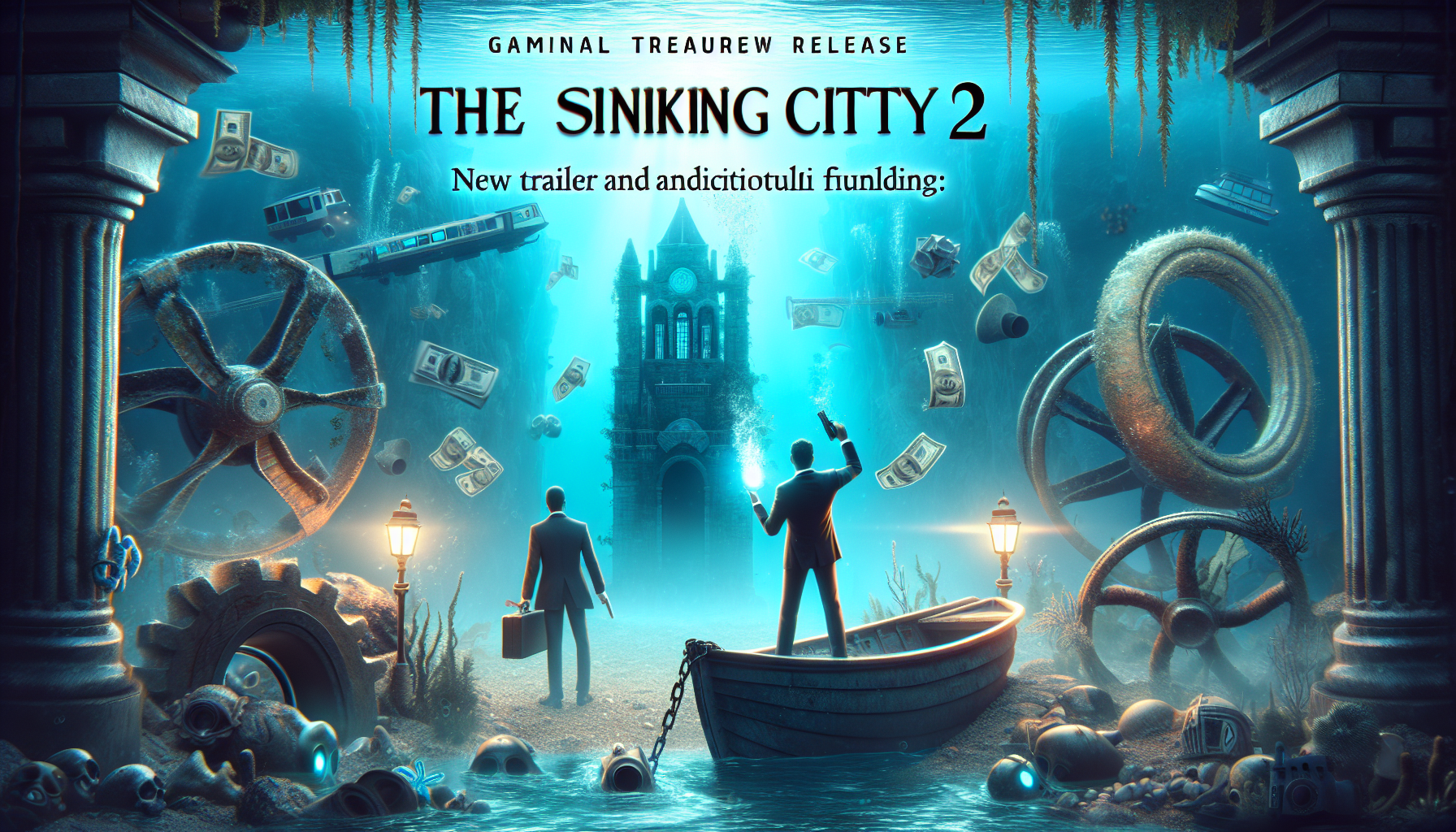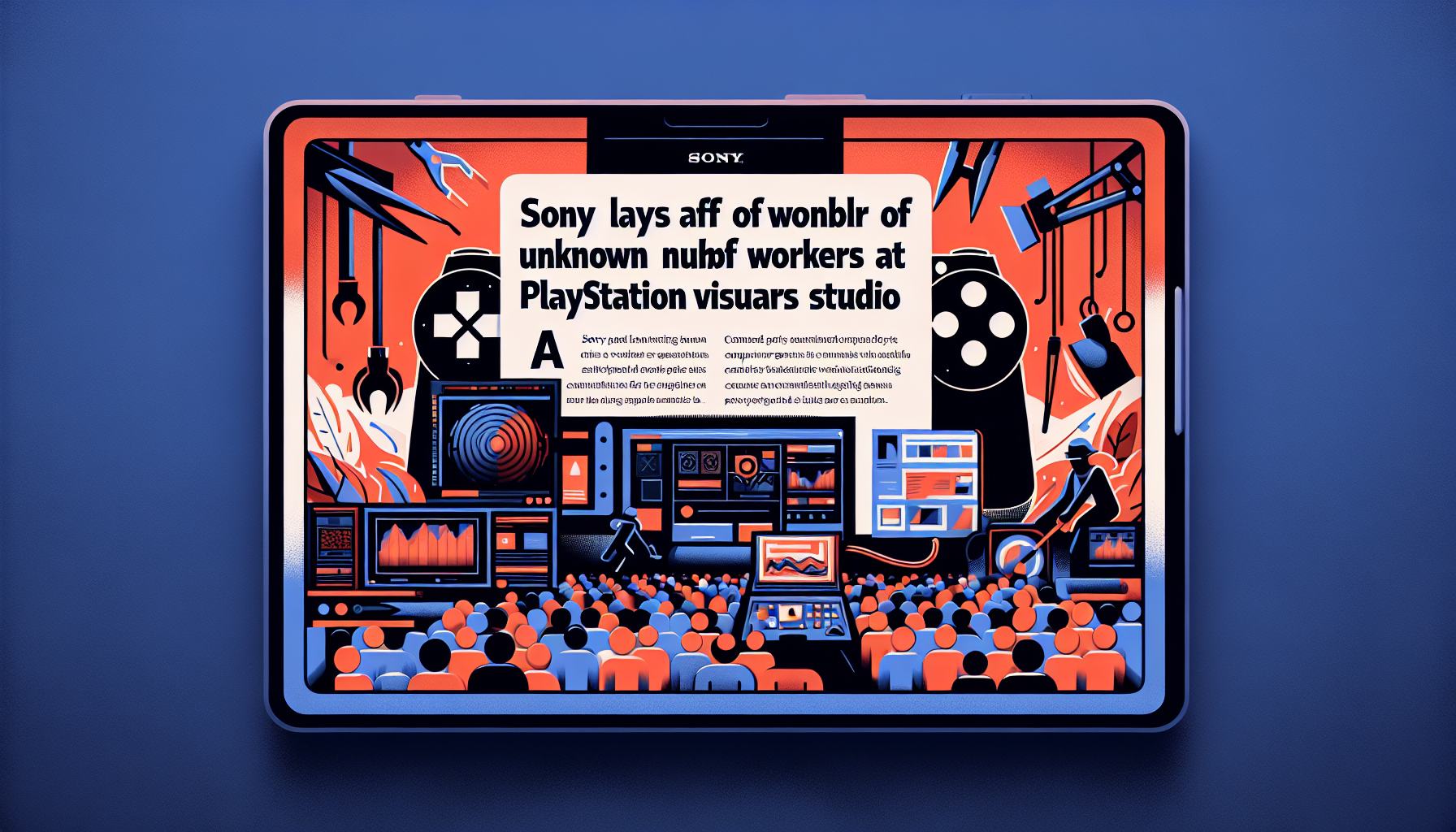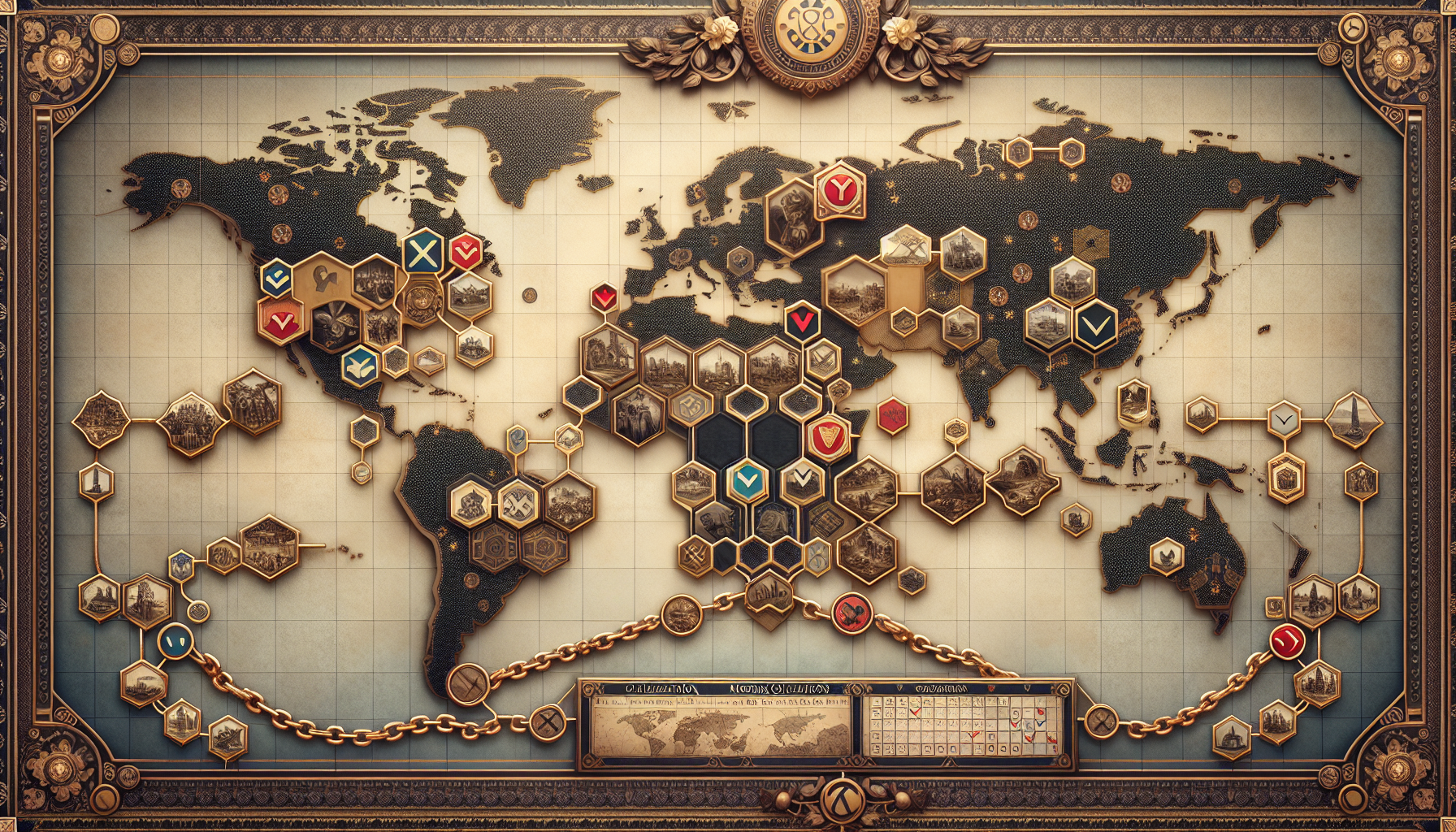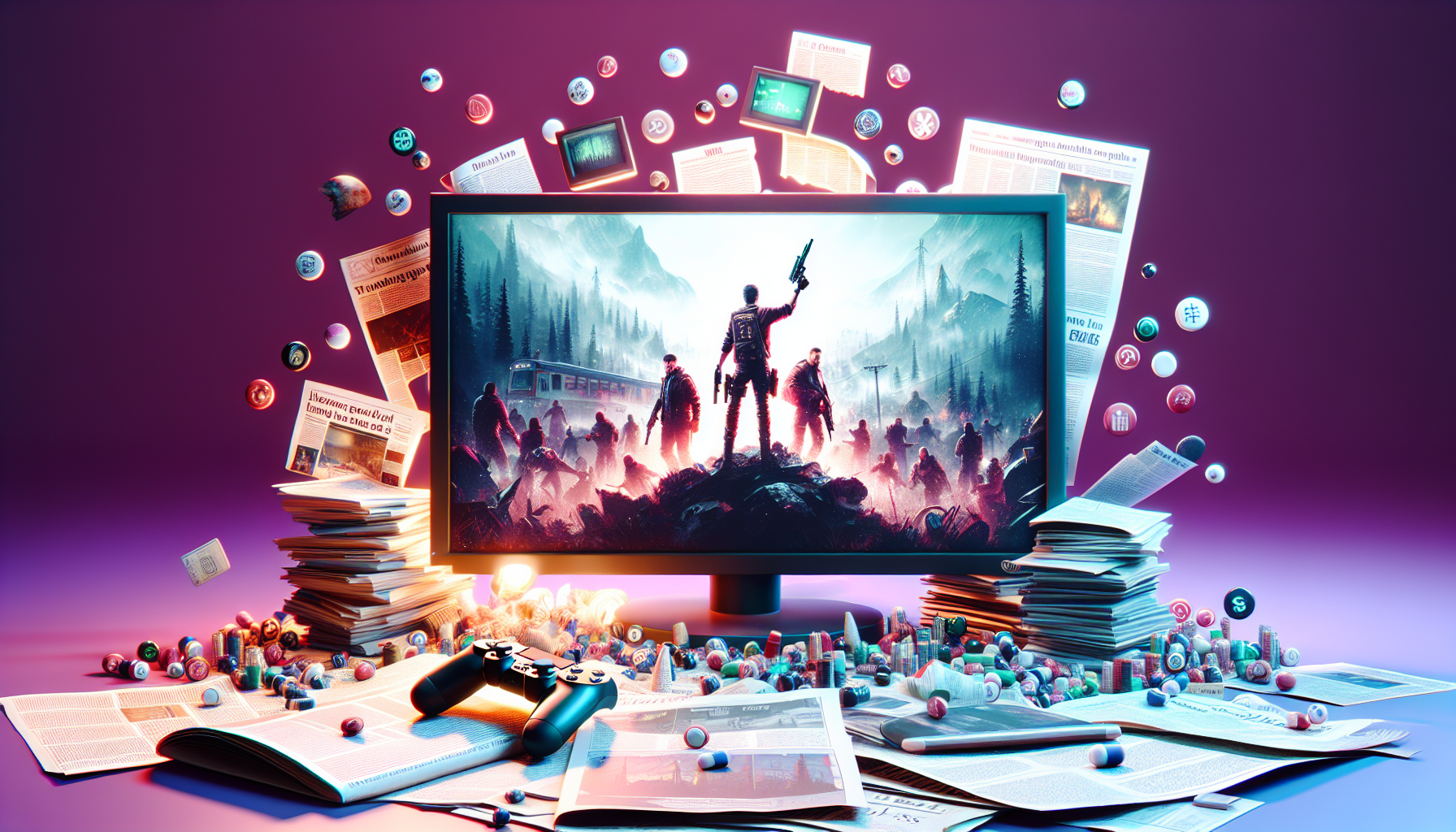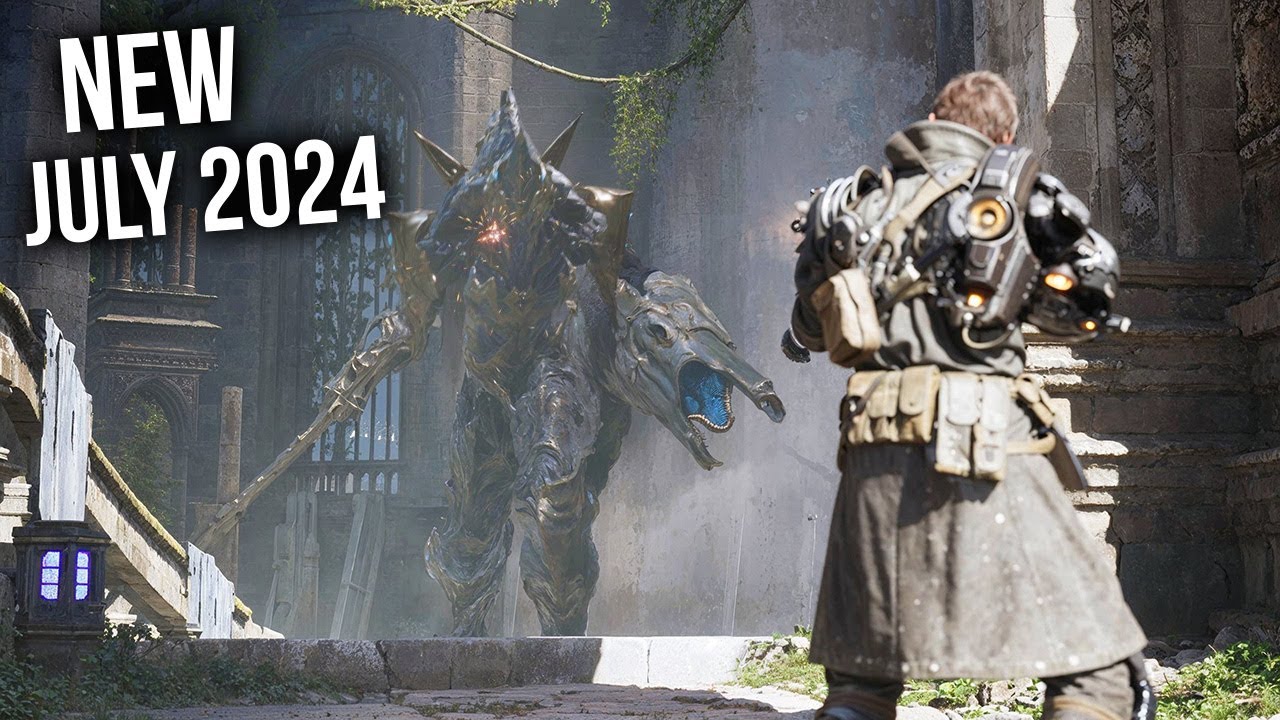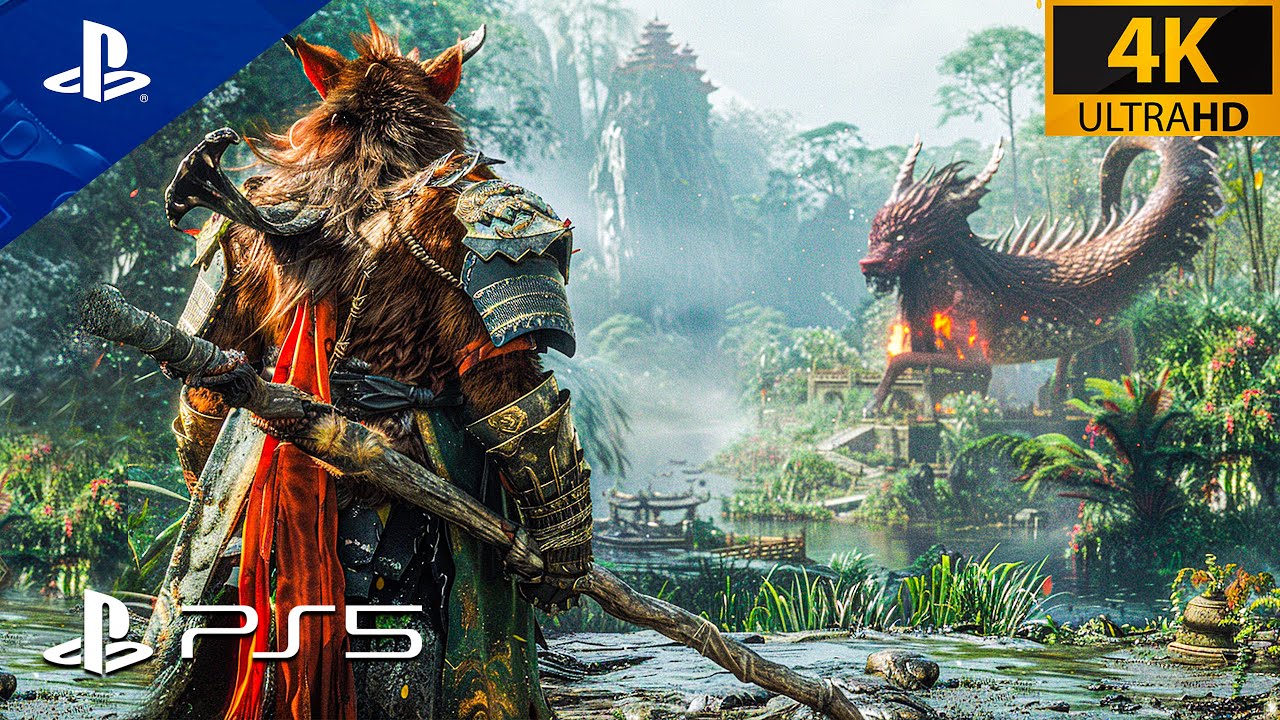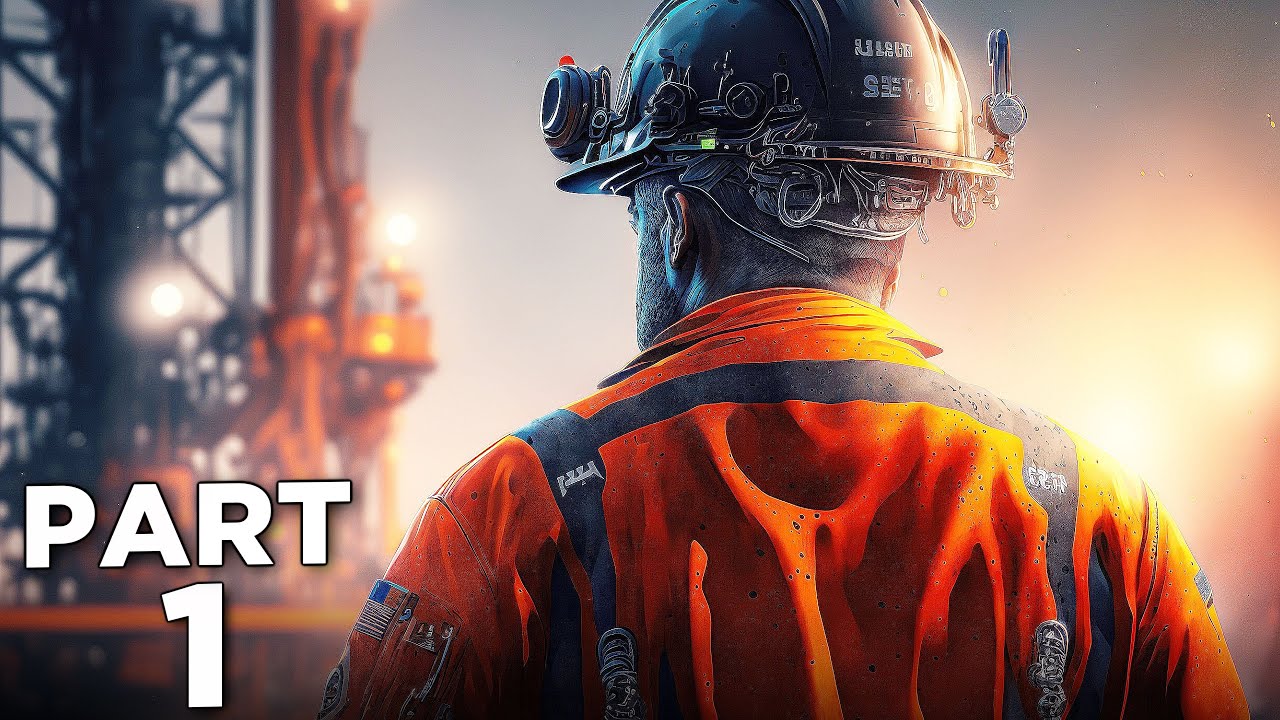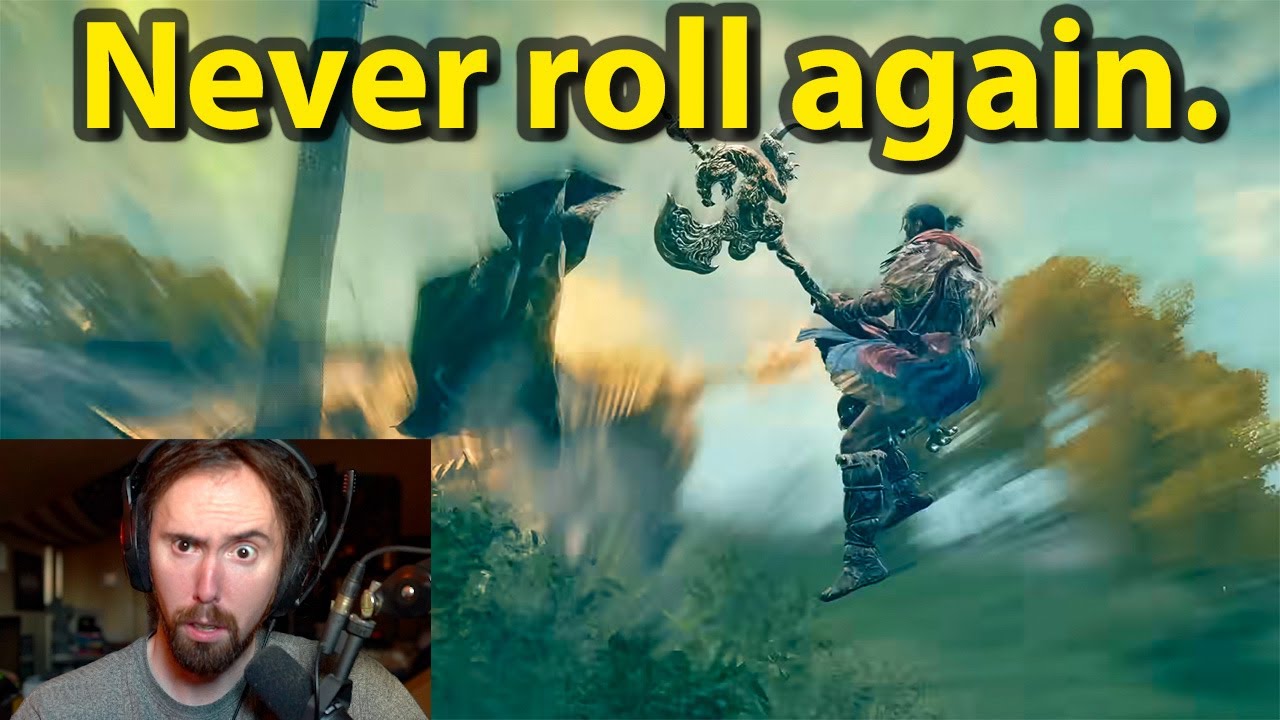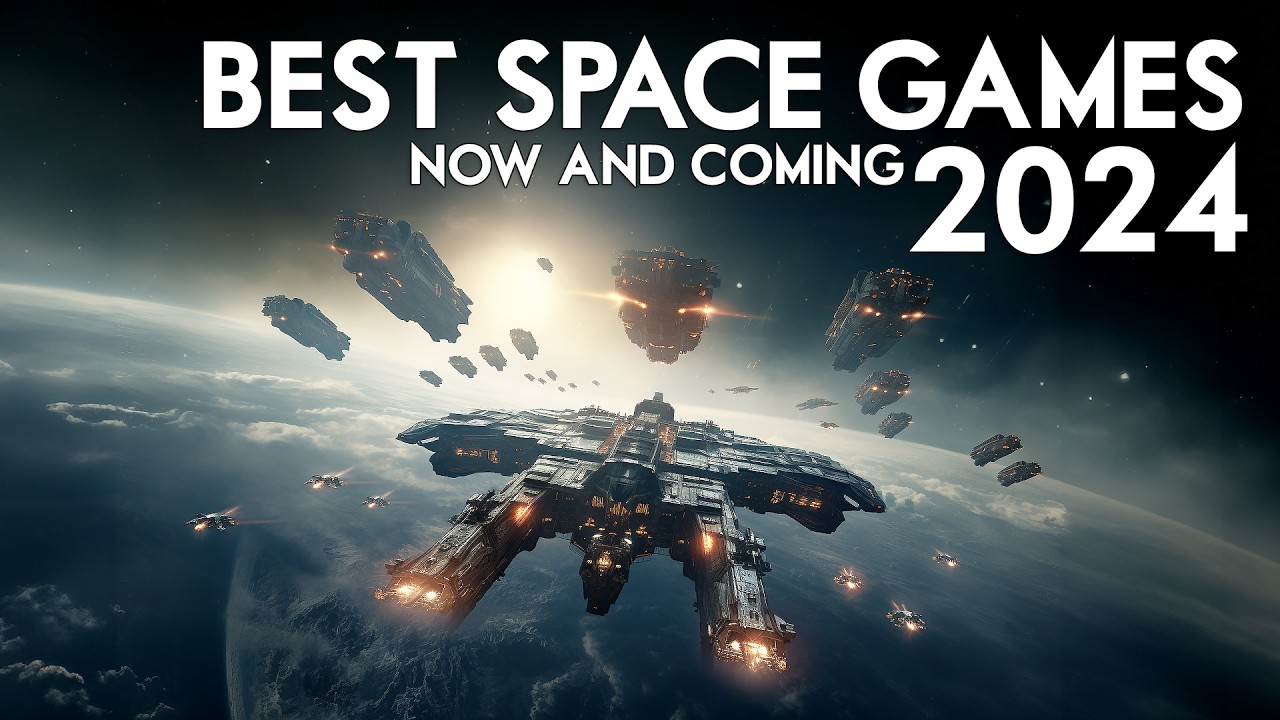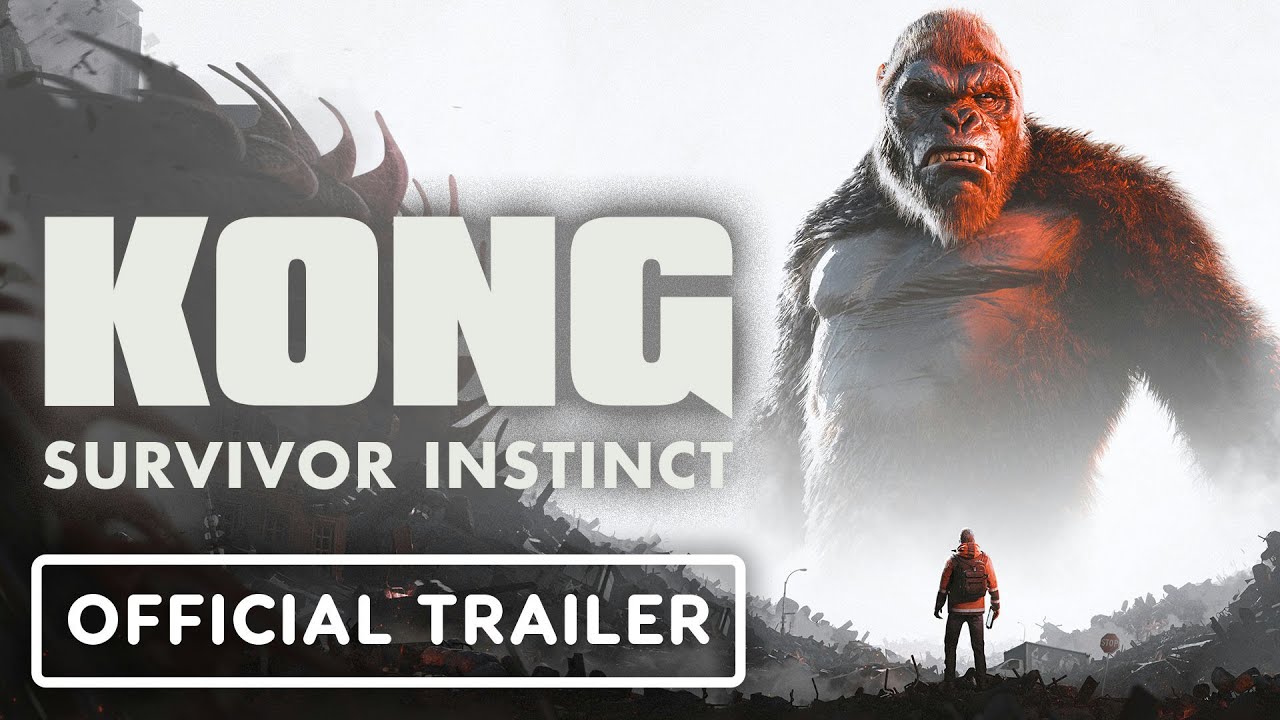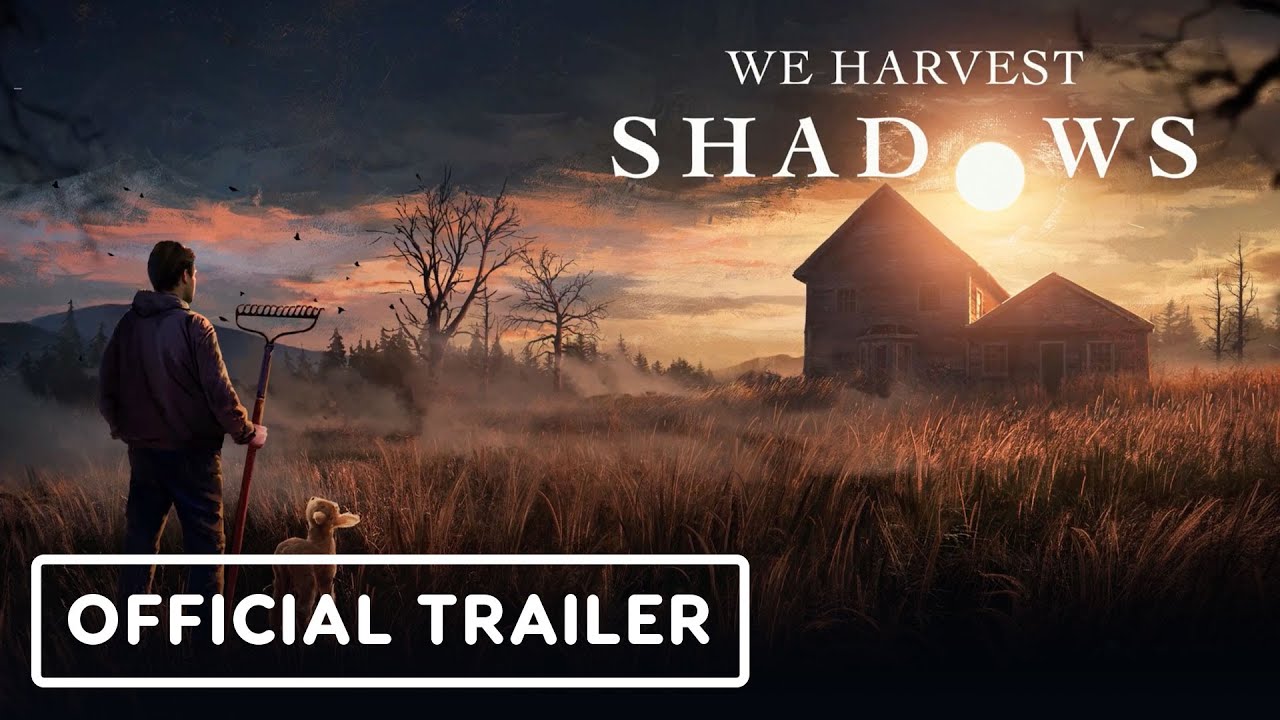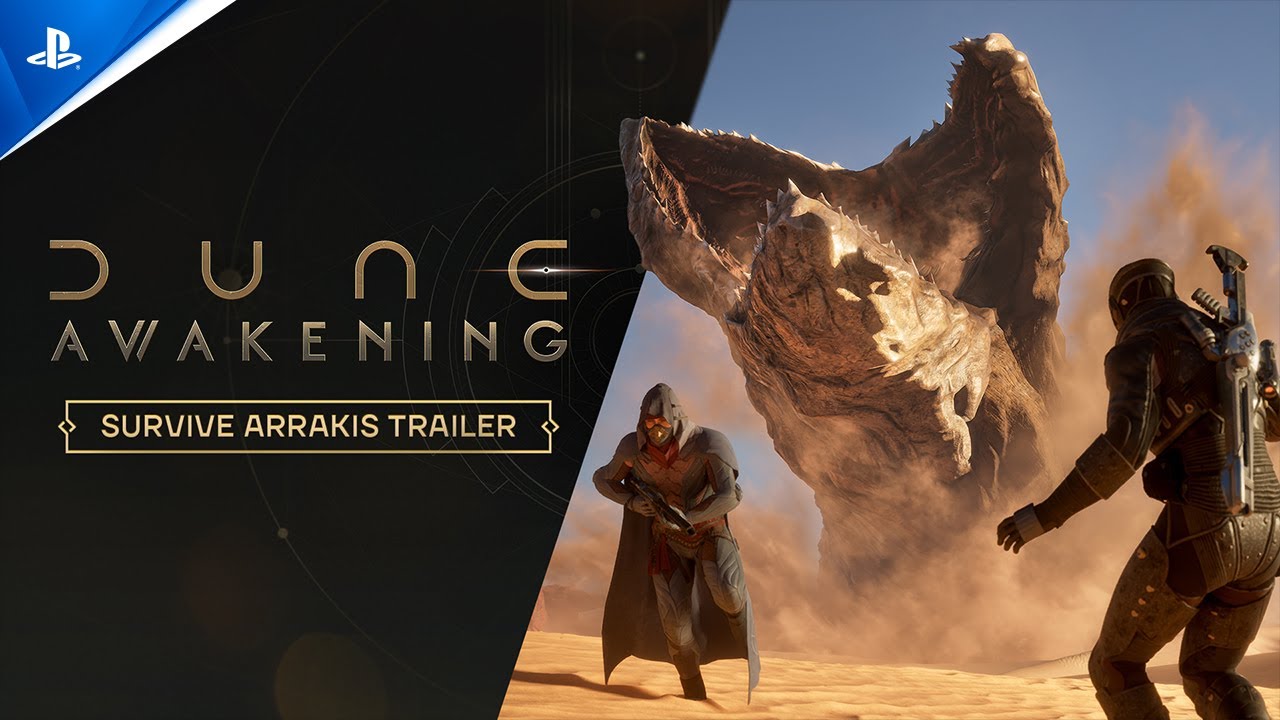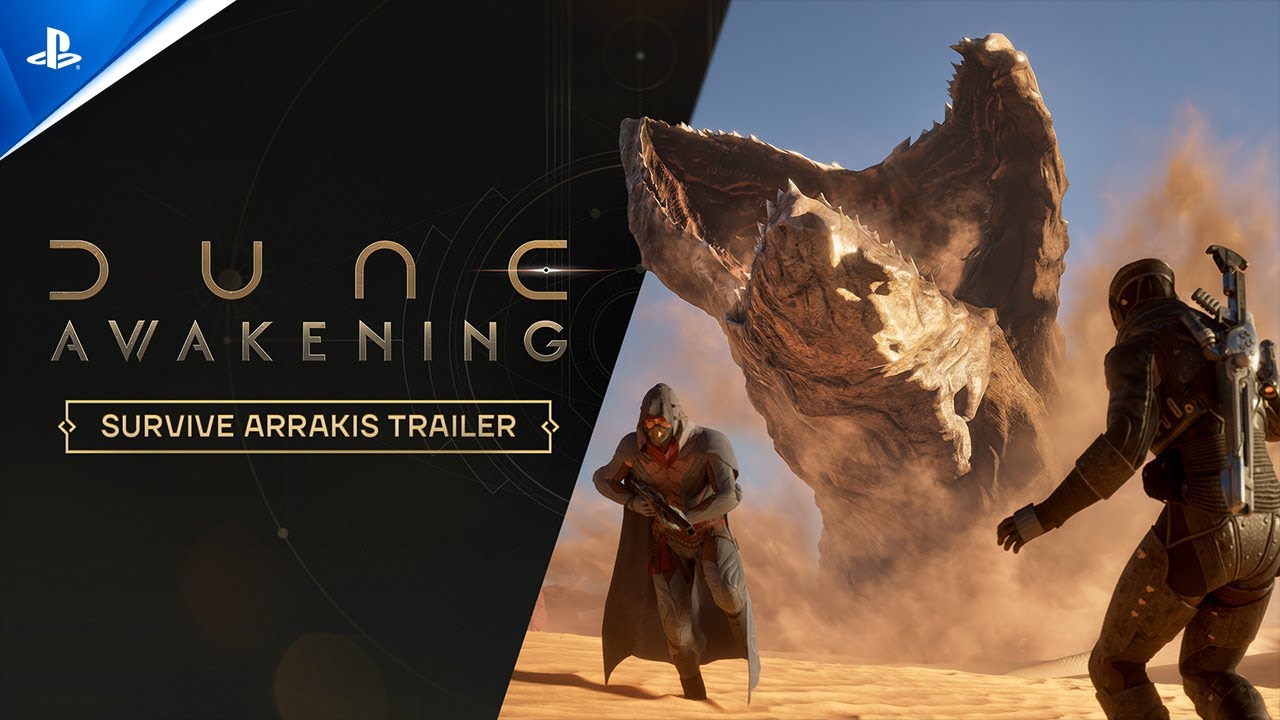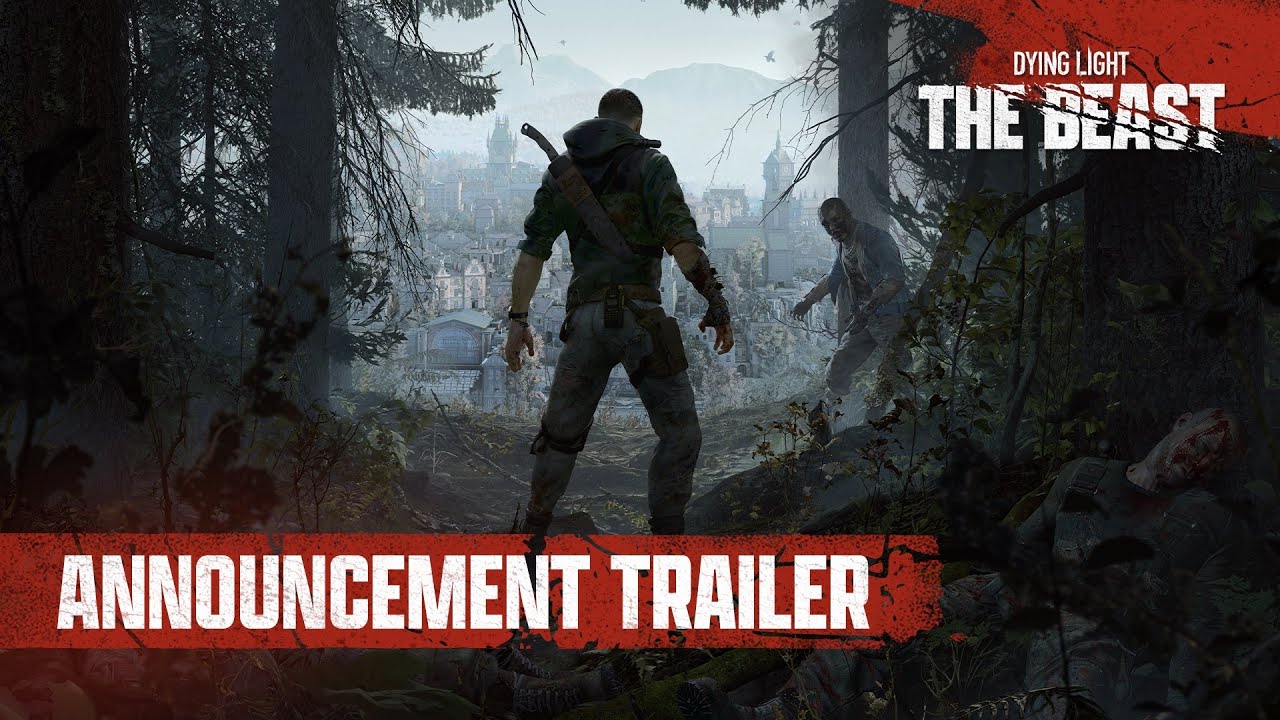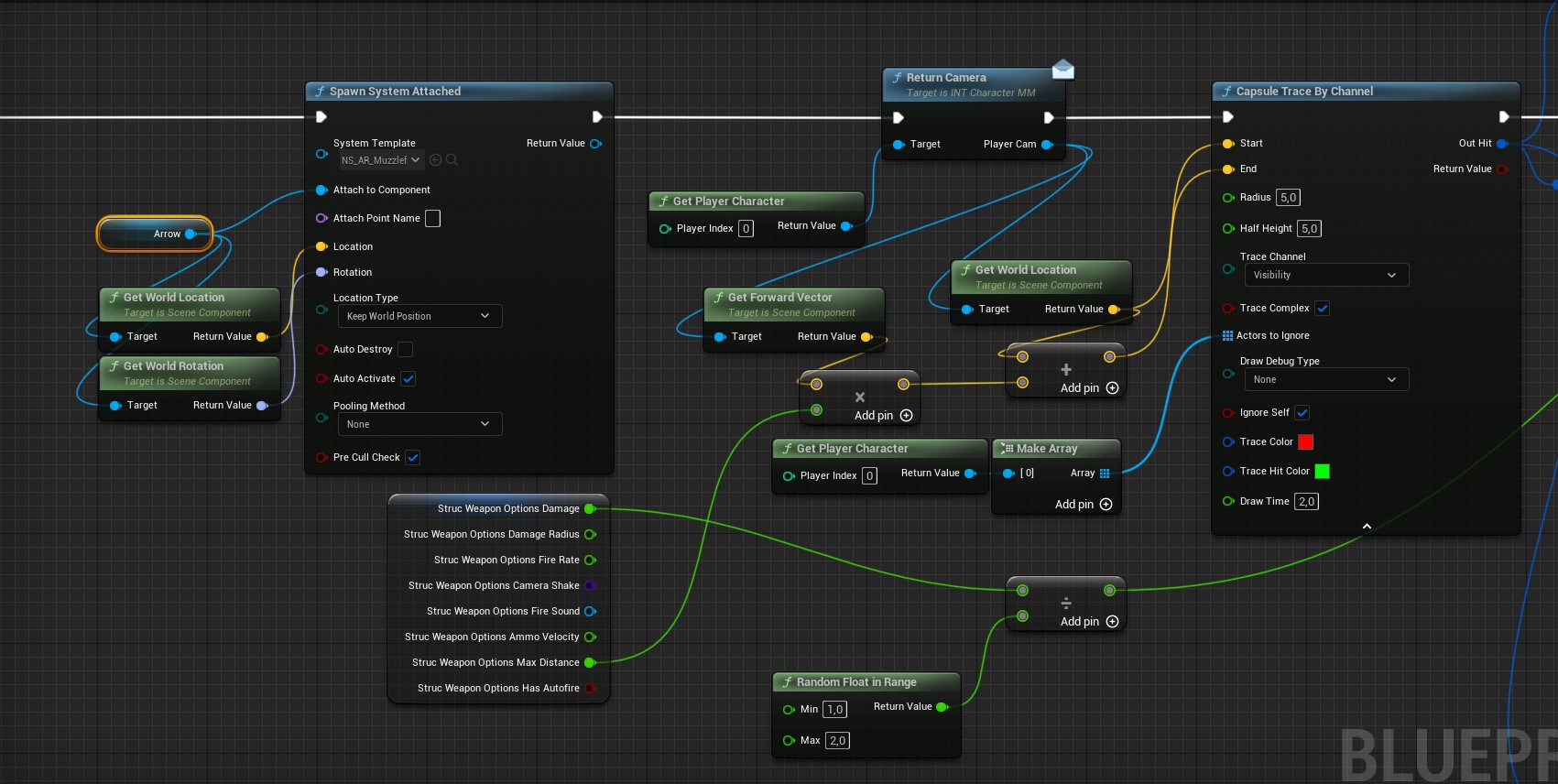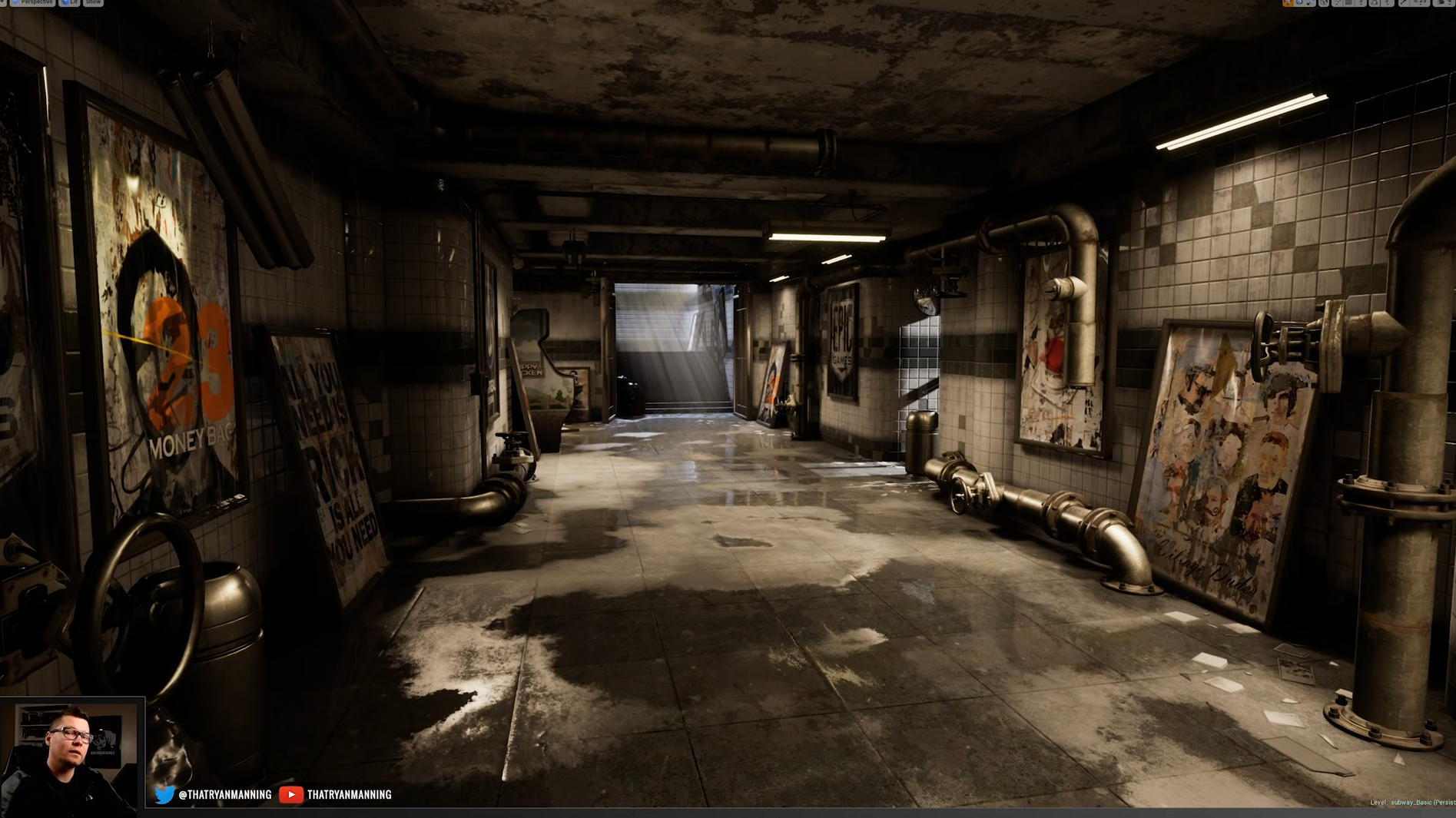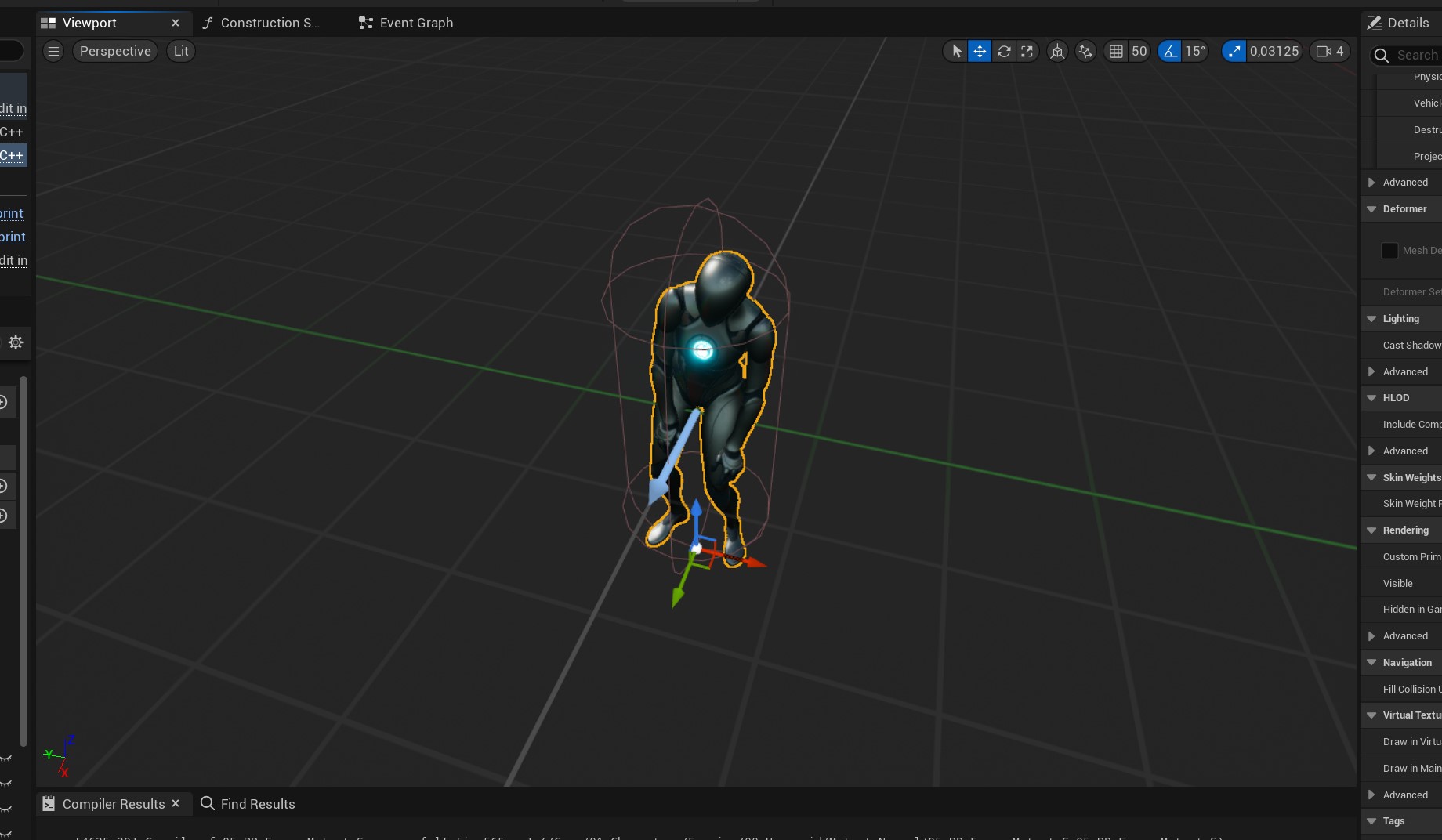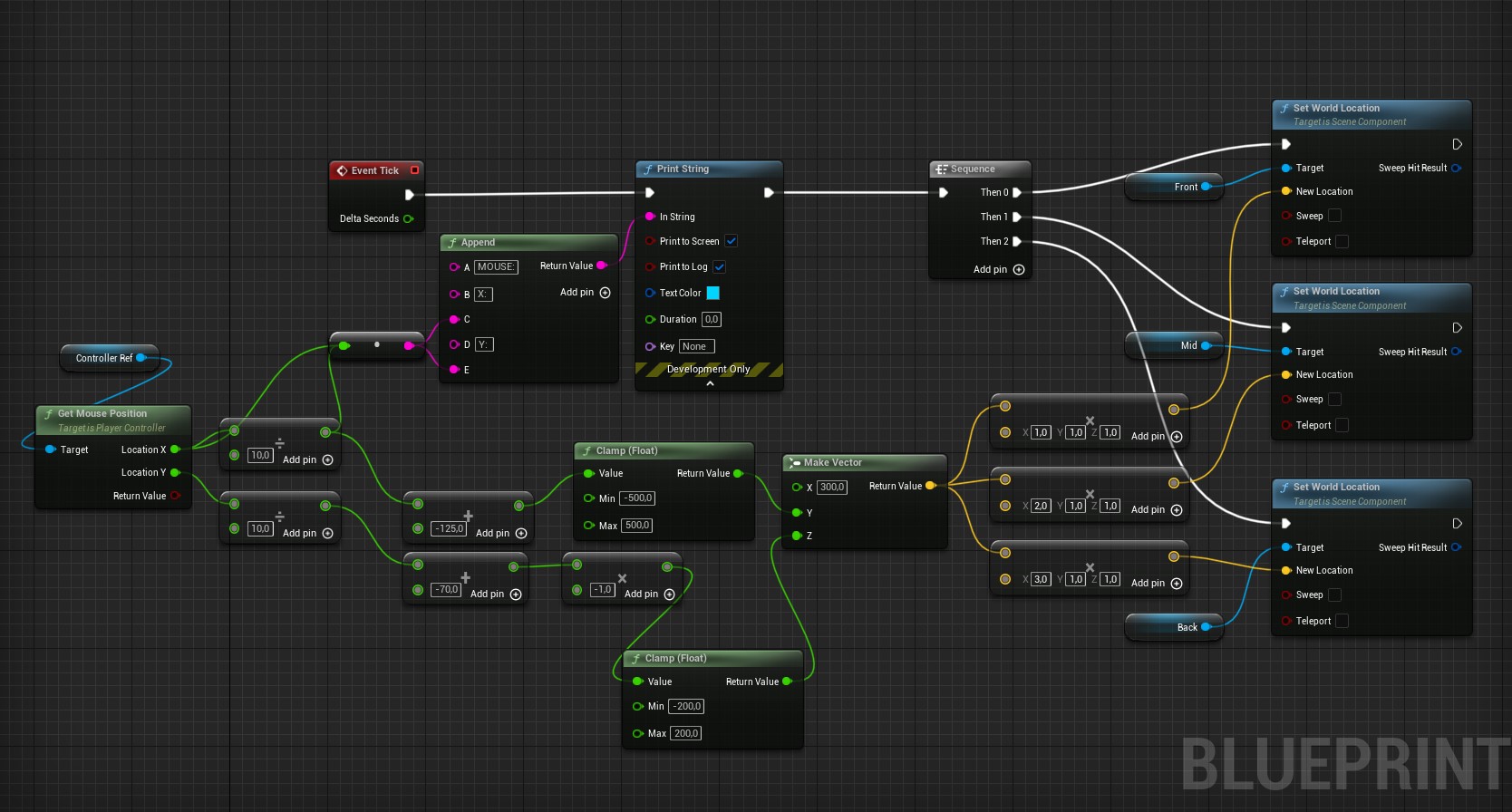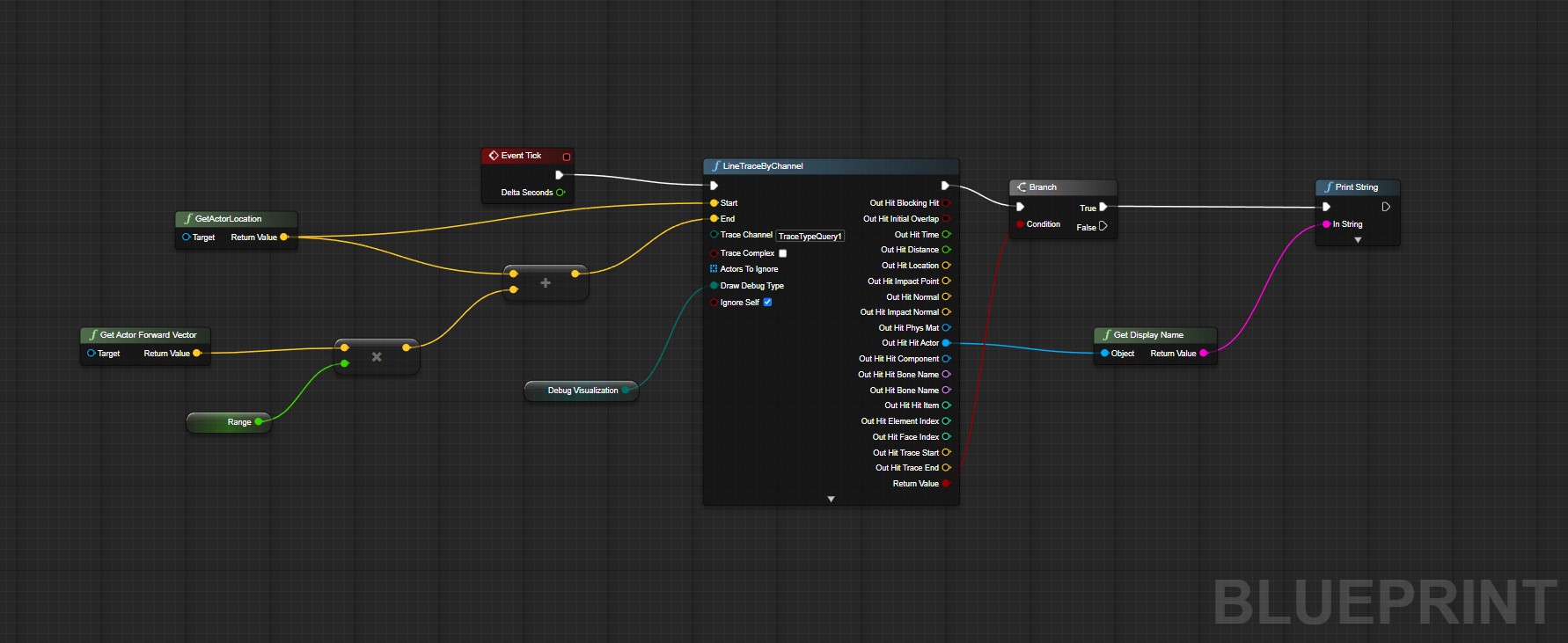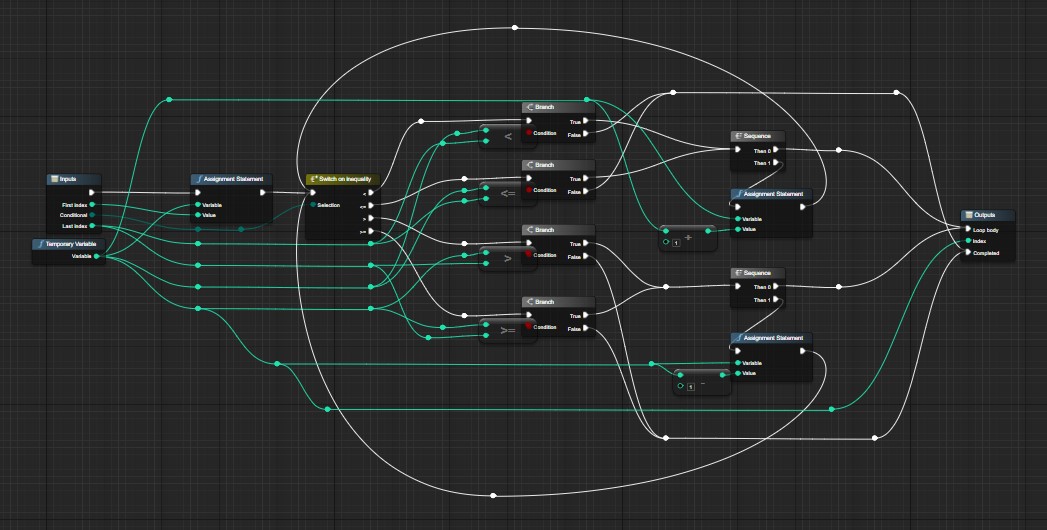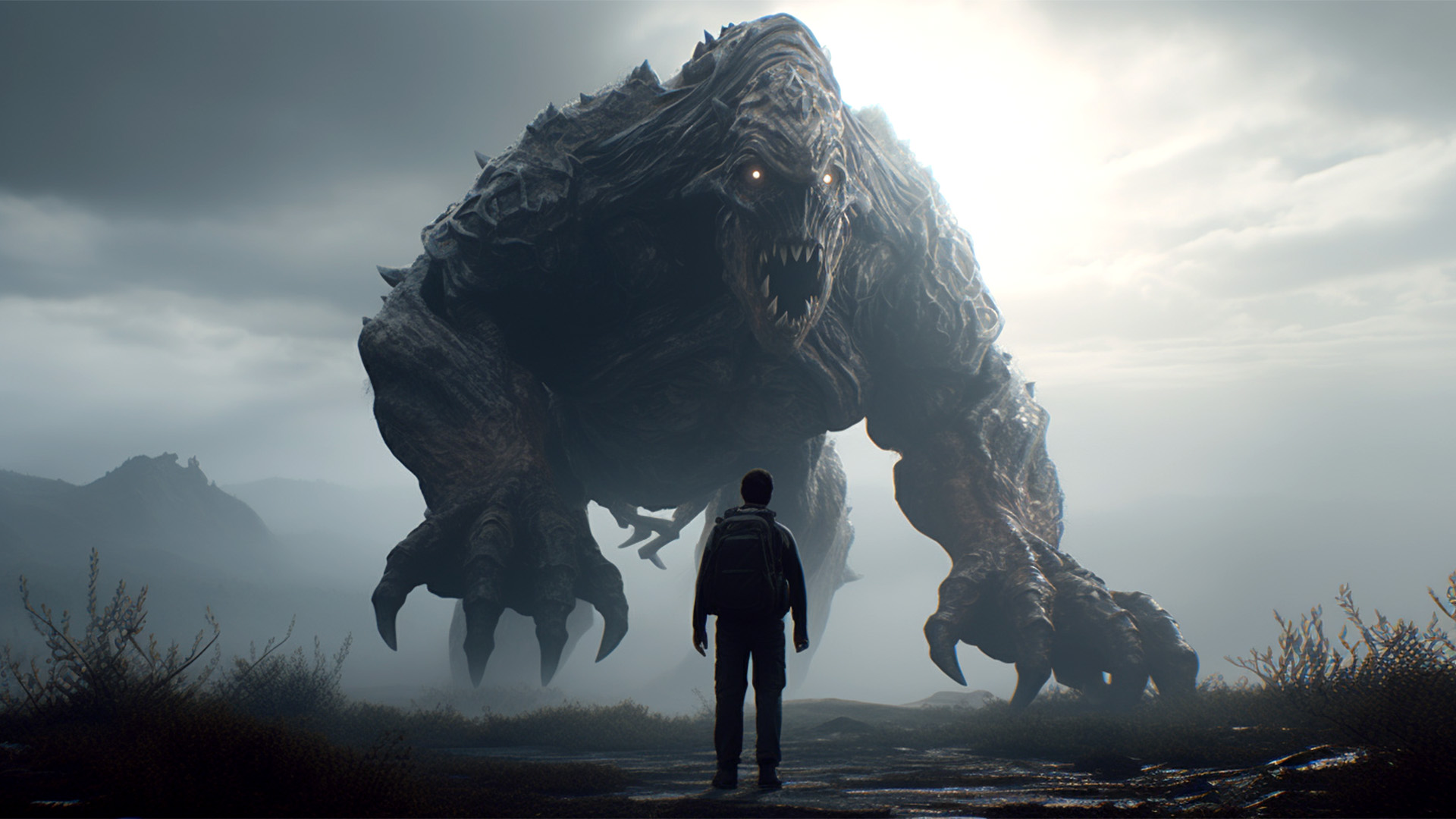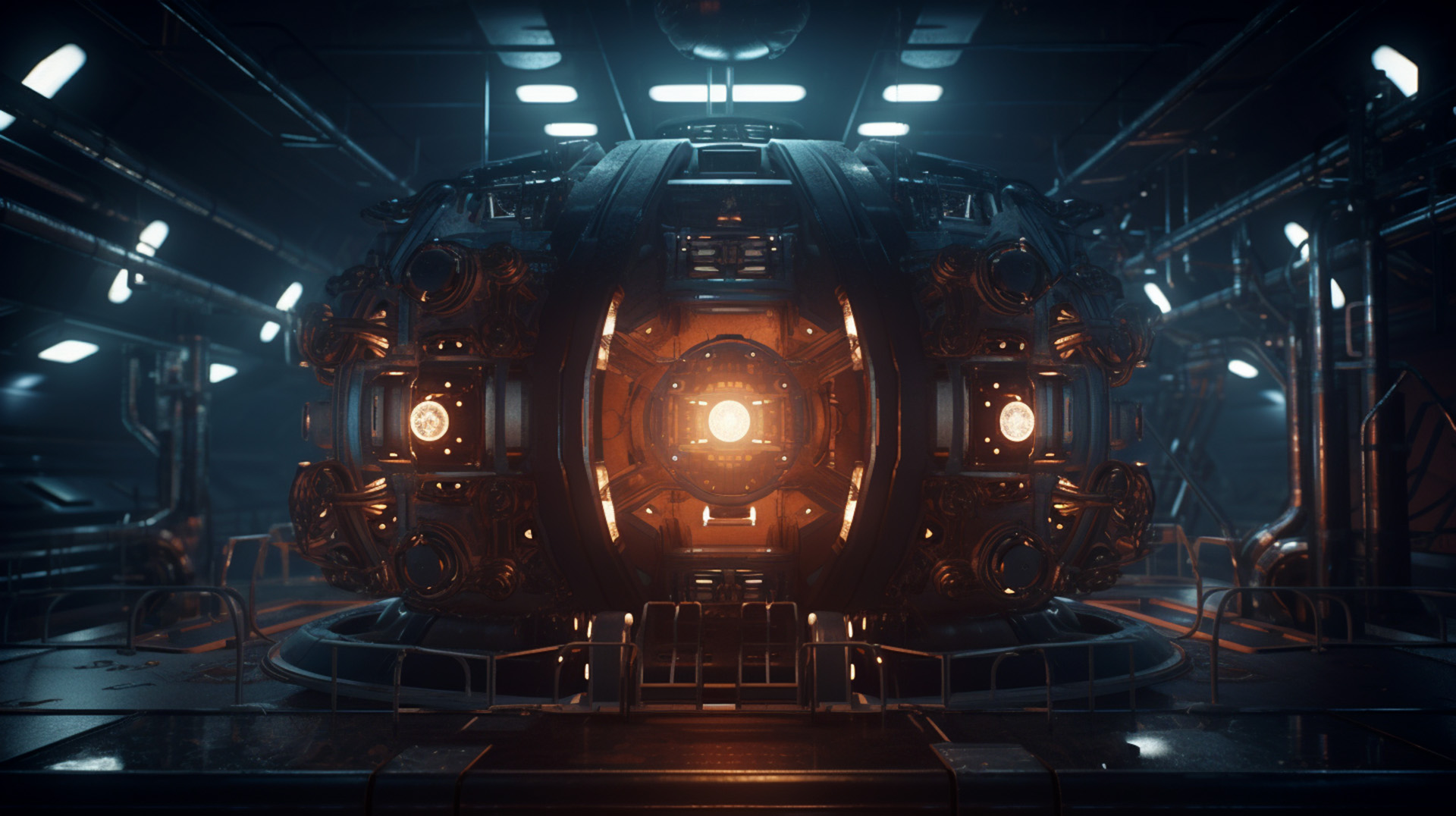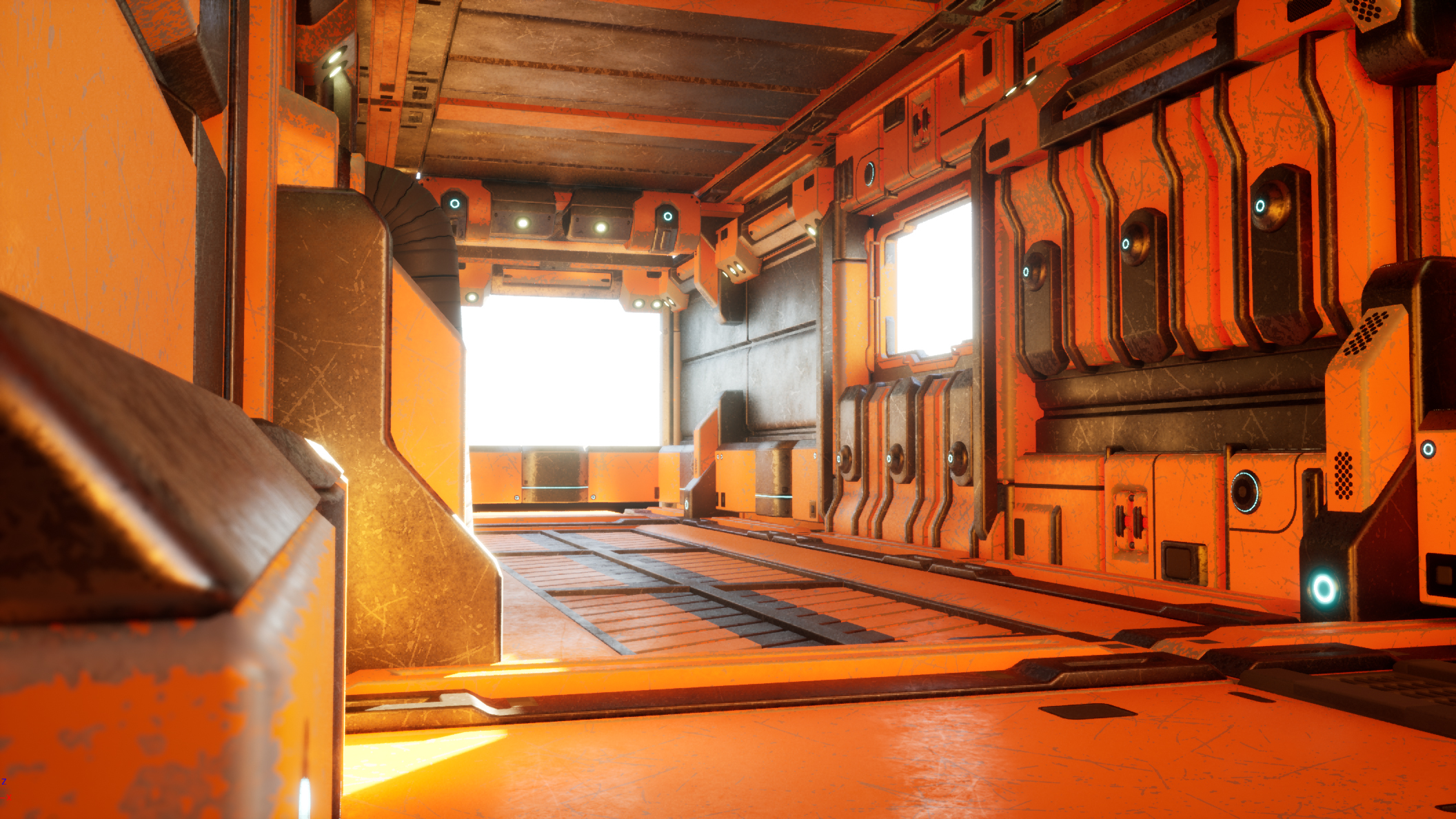The dawn of AI-generated music dates back several decades, tracing its roots to the pioneering creation of the Illiac Suite (String Quartet No.4) by university professors Lejaren Hiller and Leonard Issacson. This innovative step laid the groundwork for future explorations into AI’s potential in music creation, notably leading to David Cope’s groundbreaking 1997 program, ‘Experiments in Musical Intelligence’ (EMI)1.
As the years rolled on, the junction of creativity and technology fueled the evolution of AI-generated music, morphing from modest beginnings to a highly innovative field. This transformation has significantly reshaped how we perceive and create music, blending the mathematical precision of algorithms with the boundless realm of musical creativity2.
The journey began as early as the 1950s, where the first attempts at computer-generated music focused on algorithmic music creation. This era marked the birth of blending mathematical models with music, creating a foundation for the future of AI in music3.
Fast-forward to recent years, AI-generated music has witnessed substantial advancements, with various models showcasing proficiency in handling multi-modal and complex musical genres and scenes. This progression reflects the continual fine-tuning and sophistication of AI algorithms in generating music, growing from creating basic beats to complex compositions that challenge the boundaries of what machines can create4.
Currently, the field is buzzing with research aimed at enhancing the authenticity of AI-generated music. For instance, efforts are underway to design models capable of generating compositions indistinguishable from those crafted by iconic composers like Bach. The recent developments hint at a future where AI could churn out pop and electronic music indistinguishable from human-composed pieces. Modern music, though challenging to mimic, is within AI’s sights, and the DALL-E-2 explosion symbolizes a noteworthy milestone towards achieving this goal5.
As AI continues to burgeon in this domain, the landscape of music generation is on the cusp of a monumental shift, promising a future where the line between human-composed and AI-generated music might blur, opening uncharted territories of creativity and innovation in music production.






